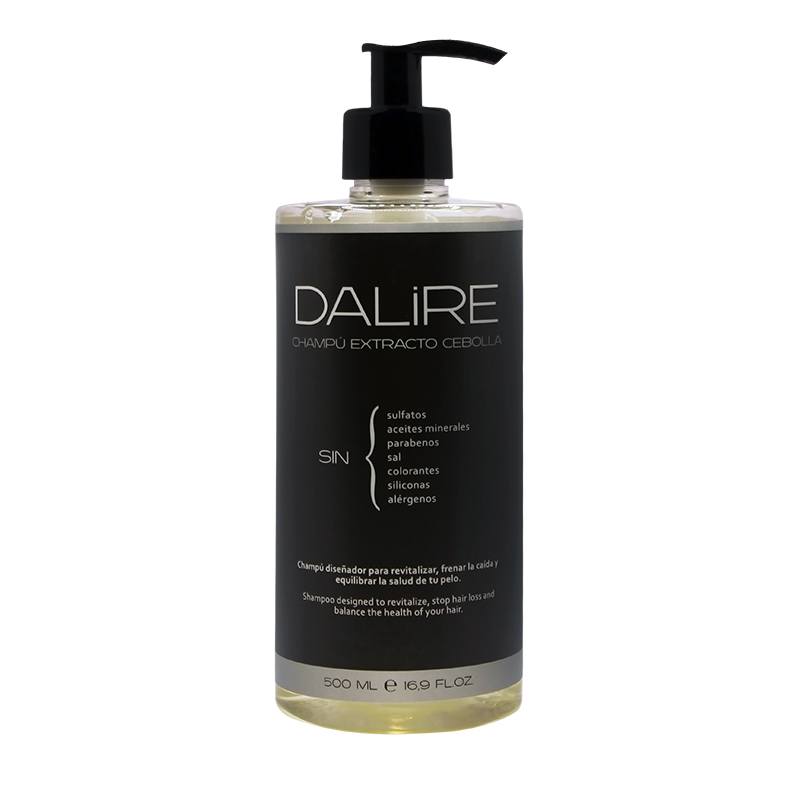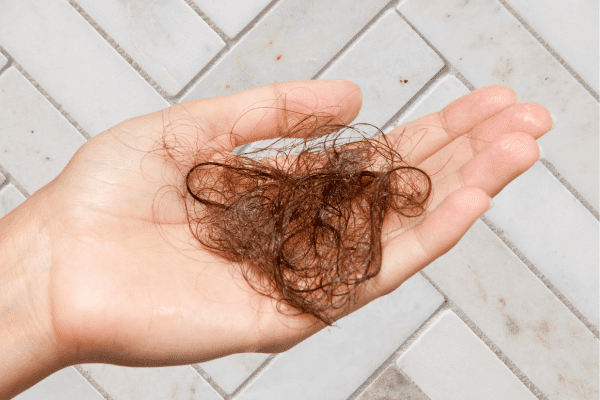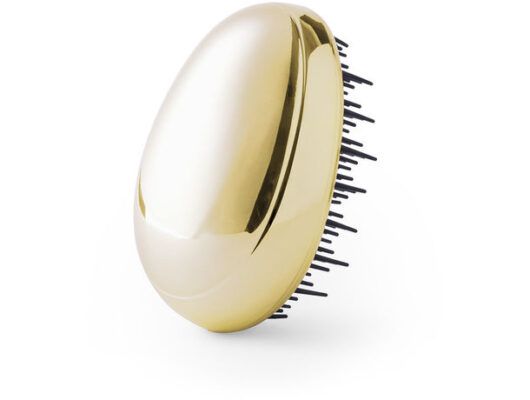Sin categorizar
Practical tips to prevent hair loss when washing your hair
Have you ever found yourself with a handful of hair on your hands after a wash and wondered if you should be worried? You’re not alone. Hair loss during washing is a common problem that many of us face. While it can be alarming, it’s important to know that some degree of hair loss is normal and part of your natural cycle of renewal. However, understanding the differences between habitual hair loss and an underlying problem is key to effectively addressing this situation. In this article, we’re going to look at the most common causes of hair loss during washing, the proper techniques for cleaning and caring for it, and when it might be time to seek professional advice. So, if you’re concerned about the amount of hair you find in the shower, read on!
What is normal and what is not normal in hair loss?
Knowing how to differentiate between the normal hair loss cycle and something that could signal a more serious problem is essential to properly address this issue. So, let’s identify what is normal, and what is not. Losing between 50 and 100 hairs a day is considered normal. It is part of the natural cycle of hair growth and shedding. The strands that fall out are usually replaced by new hairs, maintaining a healthy balance. Some factors, such as seasonal changes, diet or stress, can also slightly influence the amount of hair that falls out. But if you notice a sudden and significant increase in the amount of hair you lose, it could be cause for concern. A decrease in density in certain areas, such as at the crown or temples, may indicate an underlying problem. Also, if your hair becomes thinner, brittle or changes texture, it could be a sign of a health or hair care problem.

Why does my hair fall out more when I wash it?
Many people perceive that their hair falls out more during washing, but is there a specific reason behind this phenomenon, or is it simply a personal perception? The truth is that yes, there are some reasons that may favor hair loss when cleansing:
- Natural build-up: Between washes, hair that has finished its life cycle gets trapped between the strands that are still growing. During washing, when we massage the scalp and brush our hair, we release these trapped hairs, which can give the impression of excessive shedding.
- Weight gain: Wet hair is heavier and more fragile. When moisturized during washing, hair that is already loose or at the end of its life cycle is more prone to shedding than if it were dry.
- Interaction with hair products: Some hair products, especially those with certain harsh chemicals, can weaken the hair root or strand, making it fall out more easily during washing.
- Washing technique: The way we wash our hair can also contribute to hair shedding. Scrubbing too hard or using water that is too hot can promote hair loss.
- Increased visibility in the shower: It is simply easier to notice a hair falling out during washing. In the shower, hairs are more visible against the white of the tub or floor, which can make it appear that more than the usual amount is falling out.
- Force when brushing: Brushing your hair too hard, especially when it is wet and more vulnerable, can cause breakage and hair loss.
Knowing these reasons can give you some peace of mind, as hair loss during washing is not always cause for alarm.
Washing and care techniques to reduce shedding
If you are looking to reduce hair loss in the shower as much as possible, you should start using these techniques that will help you protect your strands and keep them stronger and healthier.
1. Selection of mild hair products
When choosing a shampoo, opt for those that are gentle and natural, free of harsh chemicals such as sulfates and parabens. Unlike more aggressive formulas, gentle shampoos cleanse without stripping the scalp of its natural oils, which is essential to keep hair healthy and beautiful, and reduce shedding. A great option is Dalire’s range of sulfate-free shampoos and, in particular, its shampoo with onion extractwhich is designed to revitalize, prevent hair loss and balance the health of your hair. These products are formulated with less aggressive cleansing agents than traditional sulfates. These ingredients, such as coconut derivatives or amino acids, offer an effective but gentle cleansing that minimizes hair loss and reduces the risk of irritation and dryness (two factors that damage the follicle).

2. Proper washing techniques
If you follow these three tips, you will see less hair build up in the drain:
- Warm water: Use warm water instead of hot water to wash your hair. Why? Because hot water can stimulate the sebaceous glands and weaken the follicle, increasing hair loss.
- Gentle massage: Massage the scalp gently with your fingertips rather than rubbing vigorously. This will help stimulate blood flow to the scalp without being too aggressive on the hair follicles.
- Careful application: Distribute the shampoo evenly over the entire scalp and avoid applying too much pressure.
3. Correct brushing
Use a soft-toothed brush, such as the Dalire Detangling Brush, or a wide-toothed comb, especially when your hair is wet and at its most vulnerable. This tool distributes pressure more evenly, which reduces tension on each strand of hair, minimizing the risk of harsh tugging that can break or split hair.
And in addition to being kind to the hair, these brushes are gentle on the scalp, avoiding the irritation that could be caused by more aggressive brushing, which is important for maintaining a healthy scalp and, therefore, strong hair. But in addition to choosing the right detangling tool, it’s important to do it the right way. Start detangling at the ends and gently work your way down to the roots to avoid knotting, pulling and breaking the strand.
4. Delicate drying
After washing, hair is at its most vulnerable state, and the way it dries can affect its health and also the amount of shedding. Opting to air dry your hair is, in many cases, the best option. By avoiding direct heat from blow dryers, you reduce the risk of weakening strands and causing breakage. If you do need to use a blow dryer, we recommend using it on the lowest heat setting and keeping it at a safe distance from your head to minimize heat damage. When it comes to towel drying hair, gentleness is the way to go. Instead of rubbing vigorously, which can cause tangles and breakage, it’s better to opt for gently pressing or wrapping the hair to absorb excess water. Choosing microfiber towels or even a cotton t-shirt can be a gentler alternative to traditional towels, as they are more delicate and help reduce frizz. All in all, a soft, gentle and careful approach to washing, drying and styling your hair not only helps maintain the integrity of your hair strands, but is also an effective strategy to reduce hair loss and achieve a healthy, strong mane.


